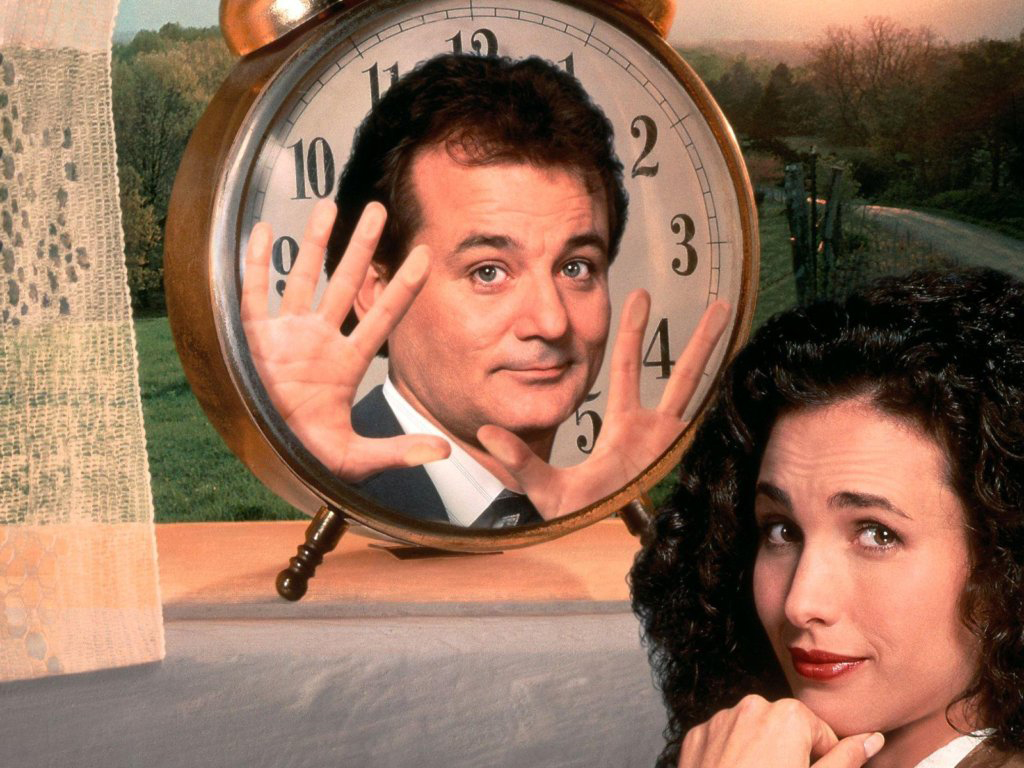- By Karel Segers
If none of the structural paradigms offered by the gurus work for you, why don’t you create your own? Here is mine.

Every structure model is academic. There really are no rules. Instead, these systems are merely tools to allow us to communicate about story.
In the course of my screenwriting training career, I have always strived for simplicity. What we need in screenwriting, is an MVP, a Minimum Viable Product: the simplest possible system that still delivers the results for you. So you can focus on the creative aspects rather than the ‘how to‘.
Ideally, each screenwriter develops their own method. Only, there wouldn’t be much communication in that screenwriting utopia, as each were to use a different language.
As a thought experiment, I would like you to consider my approach to the Grand Story Arc: the 2-Act Structure. Before we venture into that, let’s brush up on the 2 main competing approaches: the 3-Act Structure (mostly for film and TV half-hours) and the 4-Act Structure (mostly for one-hour TV).
The 3-Act Structure
Although different people use different criteria to determine act breaks, I like a combination of dramatic tension and Hero’s Journey. In my approach, you will find that:
• Act One ends once the main character’s goal is clear; either to the audience, to the characters itself, or both. Then, in Act Two we see the active pursuit of that goal.
• Act Two ends after the character has almost given up on that goal, but finds a final reason or clue to push through.
• Act Three sees the character’s final – and mostly successful – action in pursuit of that goal.
A massive problem of the 3-Act Structure is that chunky mid-act. Most writers struggle to create interesting story material that sustains 45-60 minutes. This is why the Mid Point is so important. I prefer calling it the Mid Point Reversal because in great stories, a very important value is completely reversed.
(It’s about time I write another piece about this, after early attempts in 2006 and 2009.)
Just because this Mid Point Reversal is so critically important, I believe the 4-Act Structure is a really helpful way of approaching screen story structure.
And look, in one-hour TV drama, we already have 4 acts, as the act breaks are roughly every 15 minutes on the ‘TV clock’. So before we move on to the mysterious 2-Act Structure, let’s examine the 4 acts.
The 4-Act Structure
This structure is no different than the 3-Act Structure, with the only difference that we have an act break for the Mid Point reversal.
So what does this Mid Point Reversal do that it is so important?
Let’s first look at what other authors and teachers think (that I don’t necessarily agree with).
It’s a point of no return.
Yep, that may well be, but both act breaks are also points of no return.
It raises the stakes.
Like those other act breaks, you mean? More proof the Mid Point is more like an act break.
It’s a false victory or false defeat.
In fact, it is most often a false victory followed by a false defeat. A kiss and a slap.
The Mid Point Reversal
Here is what I think the Mid Point Reversal (MPR) really means … and it supports the 2-Act Structure beautifully:
1. A reversal of fortune

In Groundhog Day, Phil (Bill Murray) believes his scheme has worked when Rita (Andy MacDowell) kisses him. But she immediately sees through the con, and slaps him.
In The Untouchables, Eliot Ness (Kevin Costner) achieves a major win by stopping a liquor transport at the Canadian border, and he seizes the accountant’s ledger, but at the end of the sequence one of his ‘untouchables’ is murdered.
2. A reversal of approach
In the first half of Die Hard, McClane tries getting help from the outside. At the MPR he receives it, only to realise he now has to solve the problems himself because the outside help is making matters worse. A reversal, indeed.
In One Flew Over The Cuckoo’s Nest McMurphy tries to stay in the asylum, but after the mid point he tries to get out. Quite the opposite!
In The Incredibles, Mr Incredible works [inadvertently] for Syndrome until the MPR. Here, he learns the truth about all the Supers, and now he will fight Syndrome. The ally becomes an enemy (or Shadow, in Hero’s Journey terms).
In Avatar, Jake first works with the military against the Navi’, but after the MPR this reverses, and he now fights with the Navi against the military.
I am a huge fan of great mid points, and I will dedicate a full article to this soon. Meanwhile, see if you can find the meaning of the MPR in your favourite films. It is not always as clear as in the examples above, but you may be surprised…
The 4-Act Structure proves that the MPR has fully fledged act-status. It is just as important as the other act breaks.
In fact, I think it is even more important.
The 2-Act Structure
In many great movies, at the MPR two major reversals occur. One is often experienced as the result of an EVENT – or series of events – that happens to the character; this is the reversal of fortune. The other is a reversal in the way the character pursues the goal, or ACTION; This we call the reversal of approach.
2-act structure in Life Is BeautifulIn the greatest movies, this reversal is so profound that it sometimes feels as if we are entering a whole new movie altogether. Do you remember Life Is Beautiful? The first half of this incredibly successful foreign language Oscar winner was a love story, the second was … a World War II-drama.
Because the MPR really cuts the movie in two in a way that is much more obvious than the break from act 2 into 3, I would propose to do exactly this: cut the movie in two at the halfway point.
Voilà. The 2-Act Structure is born.
Two Parts Of The Journey
Michael Arndt, writer of Little Miss Sunshine and Toy Story 3 gives us another strong argument to support the 2-Act Structure.
After the Inciting Incident, the hero responds with actions that demonstrate the character flaw. Michael Arndt calls this the hero’s flawed response.
The MPR mostly starts with what looks like a major win for the character (false victory). Whatever approach they took, it worked! Then, they’re put with both feet on the ground, and they suffer a major loss (false defeat). These two polar opposites are part of the same MPR.
The negative polarity, the loss in the MPR, is a major event, and it actually looks very much like a second Inciting Incident, effectively testing the hero’s response after what they learned in the preceding story stage.
This time around, the hero will change their attitude, and respond in a way that shows they have learned something, or are learning.
See? There really are two parts to the story. Here is how I would summarise it.
Act One
• The hero experiences the (first) Inciting Incident.
• The response to the Inciting Incident is flawed, as they continue their dysfunction.
• They enjoy a major win, and for a moment it seems the goal is (almost) achieved.
Act Two
• The hero experiences a second Inciting Incident, as part of the MPR.
• The response to this MPR Inciting Incident is the right response, as now the Hero makes an effort to improve, to heal.
• They enjoy a final win, and we trust that in the future they will continue to act in the right way.
What do you think?
I believe the 2-Act Structure is a simple, appealing way of looking at the character’s journey, both in terms of plot and theme.
This approach recognises what some people call the ‘Inner Journey’ and the ‘Outer Journey’ in one simple, integrated model.
There is no need to throw out whatever structural tools you have been using up to this point, but perhaps this sheds a new, fresh light on how stories for the screen are structured from a bird’s eye perspective.
– Karel Segers - AFTT Film Tutor
Find out more about our Screenwriting, Directing and Producing course.